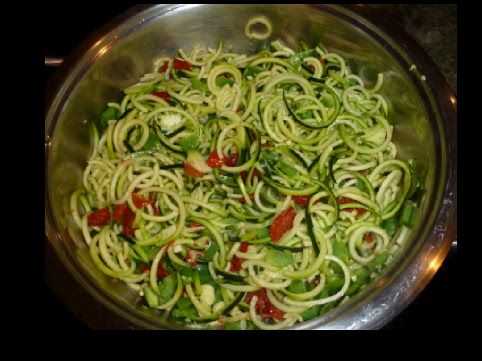If you feel nausea upon waking, consider drinking ginger lemon tea. This problem may be related to toxic bile from the liver/gallbladder. Some folks may get diarrhea when they eat (especially those who’ve had the gallbladder removed) while others may have a problem with constipation. This tea is a good bet for either as the lemon is cleansing to the liver and assists with good bowel function, and the ginger helps with nausea. While these are signs that you need to clean up the diet and work to insure that you’re having daily, well-formed bowel movements, in the short-term it’s a blessing to have an immediate remedy in your kitchen/medicine cabinet! If you prefer to make this easier, you can use 2 ginger tea bags instead of fresh ginger.
1 Tbsp. of grated or very thinly sliced fresh ginger root
2 cups of pure water
juice of 1/2 a lemon
1 tsp. honey, optional (avoid if you are overweight, pre-diabetic or diabetic)
peppermint sprig (optional)
stevia extract or monk fruit powder to taste (optional)
In a pint-sized glass jar, place the ginger. Boil 2 cups of water and pour over the ginger. Cap the jar and let stand overnight if you want a stronger tea (you can warm it up again in the morning if you want to drink it hot) or until it cools to desired temperature for a milder tea. Strain tea into mug and add lemon juice, mint if desired, honey, and stevia or monk fruit if desired. Drink first thing in the morning.

